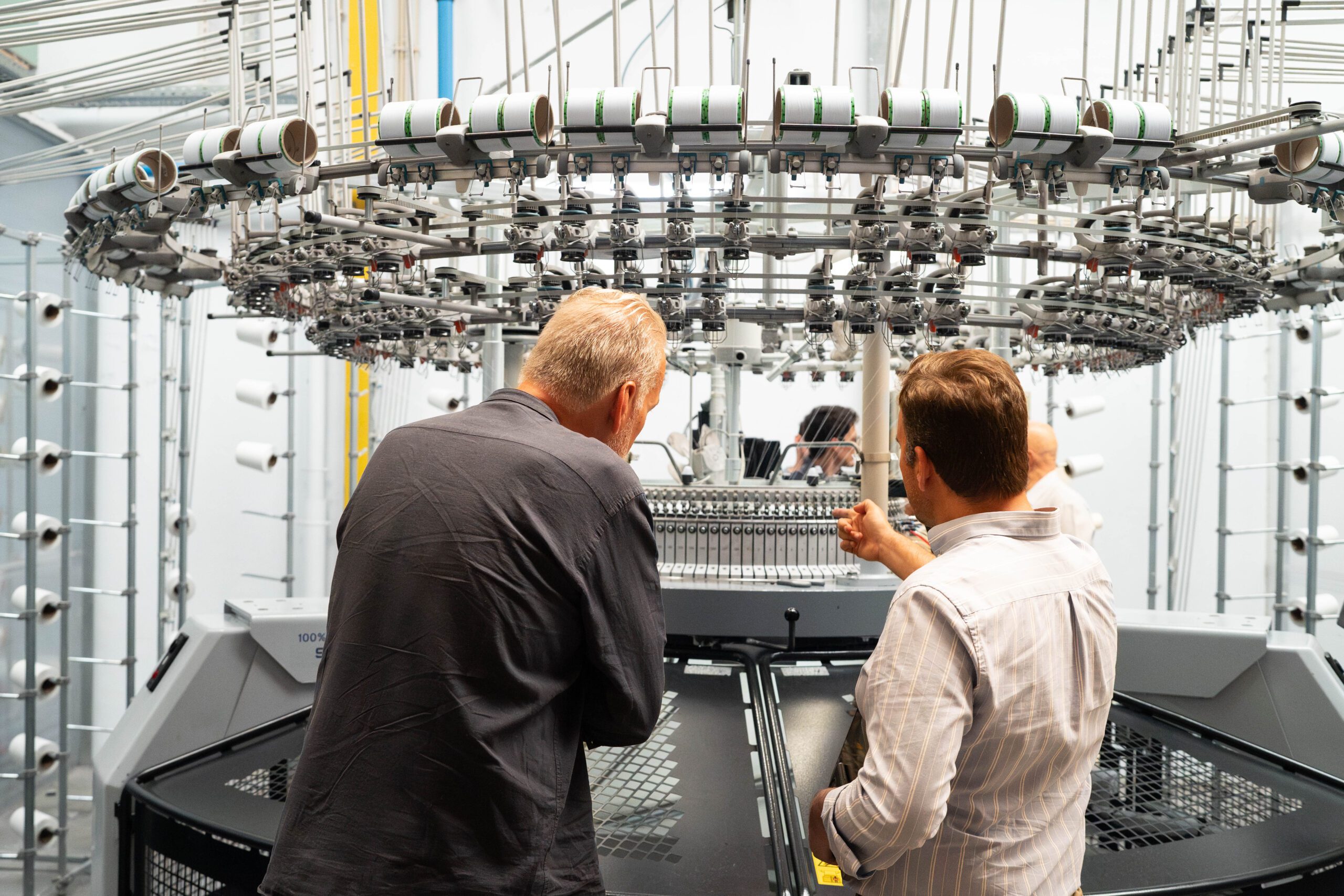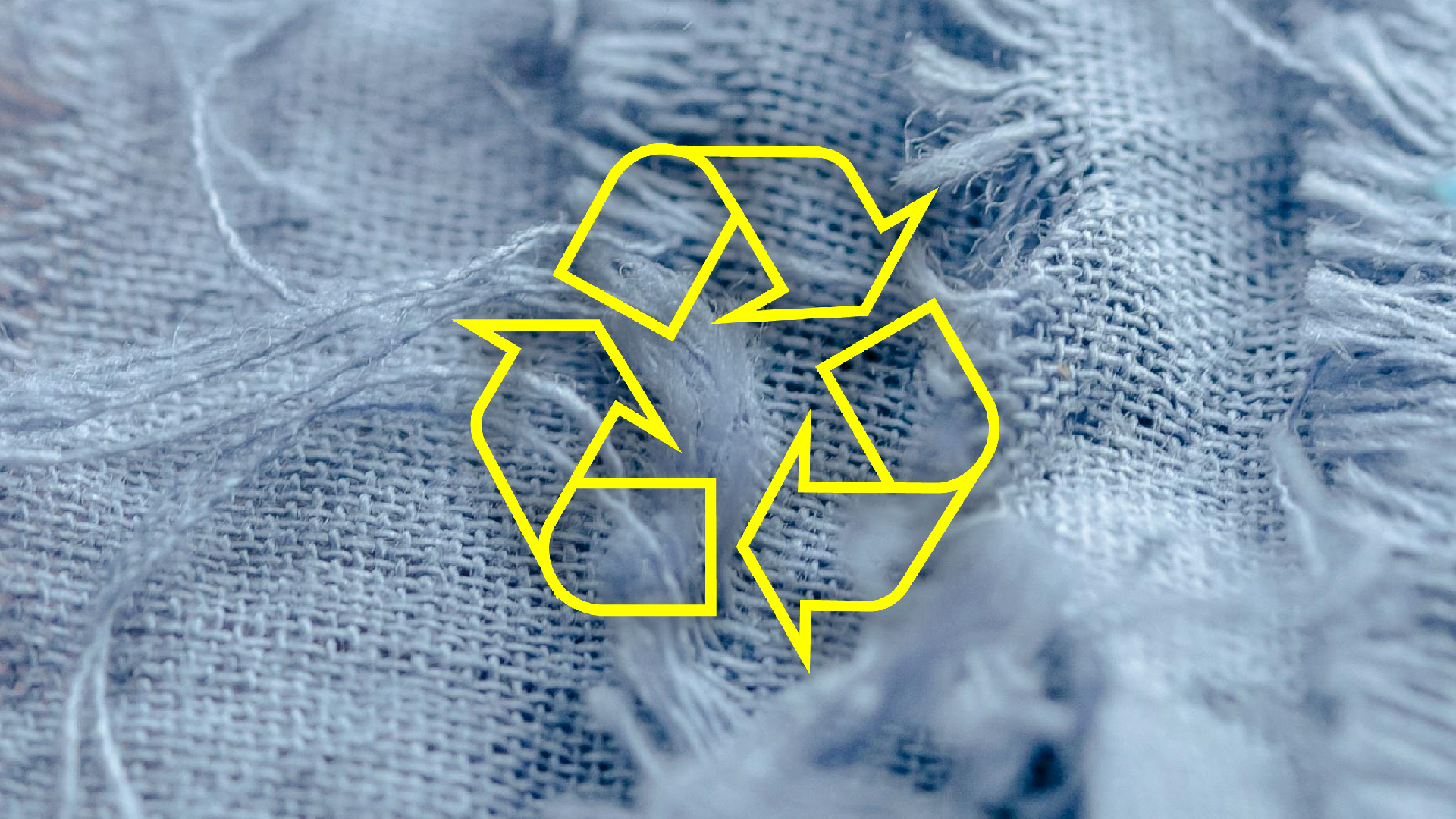Fashion for Good Develops a Sustainable Dyestuff Library
Jars filled with water, vegetable dyes, and wool fabric. Image by Linda Bulic.
4 APRIL 2023
AMSTERDAM – Today, Fashion for Good launches Dyestuff Library, a digital tool enabling partners to choose sustainable dyestuff based on competitive performance and environmental metrics for commercial use. The library, which will accelerate the shift from harmful chemistry to more sustainable options by enabling visibility and access to innovations, is supported by Fashion for Good’s corporate partners adidas, Inditex, bonprix and Otto International (members of the Otto group), BESTSELLER, Target, Patagonia, Paradise Textiles, Welspun, and newest partner Shahi Exports, along with other supporting stakeholders.
“The shift towards a more sustainable industry happens when we share existing knowledge and give access to innovations with one another. Collaboration, not competition, will allow the industry to truly transform. We are excited for the launch of our Dyestuff Library project, which will make an extensive library for the entire industry to use.” — Katrin Ley, Managing Director at Fashion for Good
Textile dyes were derived from nature before synthetic dyes, discovered by WH Perkin in 1856, revolutionised the textile industry. Annually, over 10,000 tons of synthetic dyes are used by textile industries, but the toxic effects and ecological impact are extremely harmful to humans and the environment.1 Over the years, a significant amount of effort has gone into phasing out harmful chemistry and there are consistent efforts to develop non-hazardous chemistry. Today, many alternative dyes from natural sources such as plants, microorganisms, algae and recycled materials are available, however the lack of clarity on their performance and scale makes it difficult for the industry to switch to these sustainable options.
“The Dyestuff Library is a great initiative to validate lower impact colourants to help reduce the need for some of the chemically intensive synthetic colourants being used today. Paradise Textiles is excited to contribute our technical textile expertise applying and testing these colourants on a wide range of fibres and constructions, and then sharing this knowledge with the wider industry.” — Lewis Shuler, Head of Innovation at Paradise Textiles
Over the course of a year, 15 selected dyestuff innovations will participate in lab and pilot trials. Innovators will go through extensive compliance and toxicity testing to ensure they are safe for commercial use. Testing and validating the performance of these innovative dyes and pigments on various textile substrates will be supported by our supply chain partners Paradise Textiles and RDD Textiles, University and labs partners NimkarTek, Institute of Chemical Technology and UNICAMP. Furthermore, participating Fashion for Good partners, textile experts and ZDHC will support this project with their expertise and encourage next steps for industry implementation.
“We need dyeing innovation that focuses on less wasteful practices, reduces water usage and is less energy consuming. To reach this, it is essential that the fashion industry supports initiatives with an upscaling perspective so new solutions can reach a commercial level – making BESTSELLER very excited about this project. The Dyestuff Library is exactly that kind of initiative and collaboration between brands, suppliers and dyestuff innovators.” — Camilla Skjønning Jørgensen, Innovation Manager at BESTSELLER
After the completion of the project, Fashion for Good will continue developing the library with additional innovators, materials, fabric constructions, testing methods and innovative colouration machineries to enable innovation implementation in the fashion industry.
“The fashion industry needs innovations in dyes & chemicals that target more responsible and sustainable production. Dyestuff Library is an excellent project that will help validate new sustainable colourants made from a myriad of upcoming new-raw materials and sources with a lower carbon footprint. As a vertically integrated supplier, we are excited to provide our technical expertise in dyeing and work collaboratively with the brands, suppliers, and dyestuff innovators.” — Anant Ahuja, Head of Organizational Development, Shahi Exports
Other Articles

In conversation with Smartex: Explore Smartex’s AI-driven solutions transforming quality control and reducing waste

Fashion for Good and Textile Exchange Team Up to Trace Textile Waste

